Search this site ...
Shona Sculpture
Shona sculpture is renowned for its individuality and brilliance of form. Highly collectable and appreciated by art lovers the world over, there are distinctive stages of development in its history.
The most remarkable thing about this new modern form of sculpture was that it only took 20 odd years from its emergence in 1954 for it to establish itself as "the most important new art form to emerge from Africa this century" (Newsweek Magazine, 1987). In the late 60's and early 70's Zimbabwean stone sculpture was exhibited at the Museum of Modern Art, NY (1969), the Museum of Modern Art in Paris in 1971 and at the Rodin Museum in Paris in 1972.
It has been called "deeply human, spirited in every sense and superbly skilled". Sunday Telegraph, London 1981
The modern movement has its roots in the early stone carvings of the Shona people, produced for functional and decorative purposes in the construction of dwellings.
These famous birds seen opposite are carved out of soapstone and are the forerunners of Zimbabwean stone art. Dated somewhere between the 11th and 15th Century, they stood guard over Great Zimbabwe, the capital of the Kingdom of Zimbabwe and are perhaps an indication that a stonecarving culture existed hundreds of years ago but we cannot say for sure...
First Generation Zimbabwean Sculptors
Below is a list of those sculptors who form the 1st Generation of Sculptors and who practiced between the years of 1956 and 1980 in what was then Rhodesia.
- Henry Mukarobgwa (1924 - 1991)
- Thomas Mukarobgwa (1924 - 1999)
- Joram Mariga (1927 - 2000)
- Henry Munyaradzi (1931 - 1998)
- Fanizani Akuda (1932 - 2011)
- John Takawira (1938 - 1989)
- Joseph Ndandarika (1940 - 1991)
- Nicholas Mukomberanwa (1940 - 2002)
- Sylvester Mubayi b 1942
- Bernard Matemera (1946 - 2002)
- Boira Mteki (1946 - 1991)
- Richard Mteki 1947
- Moses Masaya (1947 - 1996)
- Bernard Takawira (1948 - 1997)
- Lazarus Takawira (1952 - 2021)
In 1954, Frank McEwan, director of the Rhodes National Gallery in what was then Salisbury, formed the National Gallery, Painting and Sculpting Workshop School giving artists and sculptors the opportunity and freedom to develop their skills. McEwen was convinced that hidden in Africa was extraordinary creative energy and talent.... and he was right. Equipping them with tools and stone, he encouraged the sculptors to be influenced by their dreams, their spirituality and their culture. Amazing and unique pieces of art began to emerge from the depths of the gallery.
Having lived in Paris for several years, McEwen had a close association with many famous artists including Picasso, Matisse and Brancusi. In the following years at the National Gallery he was able to showcase his sculptors work to the world. Any resemblance to the modern, cubist or expressionist art of Europe or America was purely coincidental as McEwen made no attempt at instruction and left his artists to their own devises.
In 1966 another individual arrived on the scene who would have a different kind of outlook to McEwen but also created a fantastic opportunity for sculptors, this time in a rural location close to the source of their stone. His name was Tom Blomefield and he was responsible for starting Tengenenge Gallery in Guruve, outside Salisbury.
Initially a tobacco farmer Blomefield encouraged some of his laborers to turn to sculpting instead of farming especially since the land on which the community were settled included an impressive deposit of serpentine. It became a hub of activity with many sculptors working away and making a name for themselves, while being supported by Blomefield in a deeply sensitive manner and a nurturing role for over 20 years.
Tengenenge was supported by McEwen until he formed his own rural workshop in the Eastern Highlands of Zimbabwe in 1969. It is still productive today despite some troubled times during revolution war days and now welcomes some 150 resident artists with housing and workshop offered.
Exhibitions are regularly held under forest trees on the property.
Vukutu Gallery and Workshop allowed sculptors like Joram Mariga and John Takawira to work without pressure, maintaining originality and quality especially given the abundant supplies of beautiful stone in the area. One of the founder members of the new community was Sylvester Mubayi.. here he did some of his finest work.
In later years, another sculpture park was created and promoted by Roy Guthrie in Harare. This Gallery went through many names, starting out as African Art Promotions but finally ended up as Chapungu Gallery as it remains today. Guthrie organized many overseas exhibitions for artists such as Henry Munyaradzi and Nicholas Mukomberanwa.
Chapungu has also been responsible for the growth and development of many young sculptors such as Royal Katiyo who was resident artist in 1996.
There were a couple of precursors to the development of Shona sculptural art in Zimbabwe. Two mission schools had programs that taught pupils wood carving and stone carving.
They were Cyrene Mission near Bulawayo, formed by Canon Edward Paterson in 1939 and Serima Mission near Masvingo in the centre of the country. Here, Father John Grober, a Swiss priest, who started the mission in 1948 introduced art as part of the curriculum.
In both cases Christianity was the central influence but natural skills were developed and somehow the carved religious figures bore both characteristics of the West African masks that were introduced to them, as well as the stone sculptural form that was to follow.
The Canon Paterson Art Centre continued to exist in latter years in Mbare, Harare.
Many of Zimbabwe's finest sculptors came through this school, Kingsley Sambo being one of them.
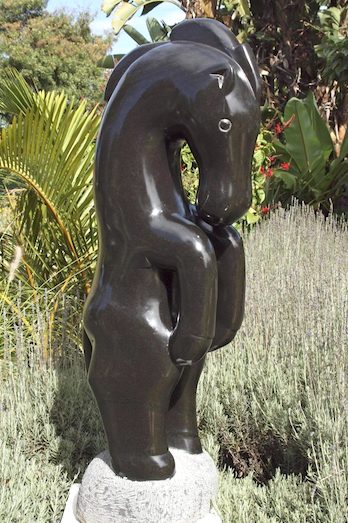 Ephraim Chaurika 'Proud horse'
Ephraim Chaurika 'Proud horse'Other prominent sculptors that deserve mention include:
- Edward Chiwawa b 1916
- Ephraim Chaurika b 1940
- Crispen Chakanyuka b 1943
- Edronce Rukodzi, b 1952
- Ernest Chiwaridzo, b 1954
- Factor Ziira, b 1954
- Albert Mamvura, (1954-1997)
- Crispen Karanda b 1955
- Cosmos Kamhiriri, b 1960
- Zachariah Njobo b 1962.
Zimbabwean Stone Sculpting families
There are many families of sculptors who have impacted Shona Sculpture. Passing down from generations their skills are also extended sideways to cousins and in-laws.
- Bonjisi - brothers, Tafunga, Witness and Lameck
- Gutsa - brothers, Tapfuma, Jonathon and Alfred, son of Jonathon, John
- Mamvura - father, Albert, son Elvis, daughter-in-law, Lorraine
- Mariga - father, Joram, son Freddy
- Mteki - brothers, Boira and Richard
- Mukarobgwa - brothers, Henry and Thomas
- Mukomberanwa - father, Nicholas, nephew, Nesbert, sons Anderson and Taguma
- Nyanhongo - father, Claud, sons Gideon and Brian, daughter, Agnes
- Takawira - brothers, John, Bernard and Lazarus, son of John, Gerald
Stones used in Zimbabwean sculpture
One of the reasons that Shona sculpture has taken off in Zimbabwe is the vast wealth and abundance of the natural stone used to sculpt with.
The stone most commonly used by Zimbabwean sculptors is a grey, soft soapstone Steatite, (known as 'Ropoko' in Zimbabwe) since it is in general supply and more easily rendered.
Durable and workable, it also has character and retains heat, essential in the process of making.
Master sculptors will use harder stones like jet black springstone, richly colored serpentines like cobalt and fruit stone and other specials like opal stone, leopard stone and butter jade. White dolomite marble has a crystalline structure and glitters in the sun. These deposits are not so frequently found and are confined to certain areas of the country.
Different artists like using particular stones and become recognized for doing so. Semi precious stones like Verdite (green) and Lepidolite (purple) also occur but they are particularly hard and only used by experienced sculptors such as Ernest Chiwaridzo.
The stones themselves have different qualities and are extremely important in helping to define the subject that is being molded out of the raw material. The different stones also come from various areas within Zimbabwe and that too will define which type the sculptor uses just by sheer locality... thus creating unique and individual pieces of art with very personal expressions.
Working the Stone
The individual handwriting of the artists can be recognized above all by their technique and the way they work the stone as well as their subject matter.
Mining the stone in the first place is arduous work. The sculptors generally like to do it themselves with assistants to dig on site since a piece of rock often talks to them personally.
Once the selection of stone has taken place the chosen pieces have to be transported to their place of work... which could be close or could be a couple of hundred miles away.
Using only hammers, chisels and files they chip and saw away until the desired effect is achieved.
Sandpaper is used to achieve a fine finish and a final coating of heated colorless wax is applied to bring out the colors and achieve a shine on their beautiful art work. Sometimes, the stone itself is heated. This is, of course, a simplified version of a process that can take weeks to months with some of the larger pieces.
Once in their workspace they use chalk or charcoal to outline the shape of the sculpture they have decided to create.... and then begin the long task of releasing the sculpture from its original form. Contemplation is required to uncover the image that lies within.
At the root of everything is a traditional and cultural belief that every object has a spirit and the spirit in any given piece just needs to be revealed.
Common topics used in Shona sculpture
When the sculptors started producing their modern designs, free of Christian and Western influences, they instinctively embraced the styles and symbols common to West Africa... like a big head, sturdy sculptural legs, snakes and other spiral emblems as well as chevron geometric patterns.
These characteristics were represented in themes such as spirits/ancestors, rituals, folklore, totems and family.
Water spirits are a very common theme. Njuzu whose purpose is to groom the spirit medium or n'anga, is half fish and half human, always female and presented akin to a mermaid such as the one seen here by master sculptor, Sylvester Mubayi.
Fundamental human experiences such as grief, elation, sadness, humor, happiness are often communicated in simple but profound manner... quite often in an abstract form.
In the outlying areas such as Tengenenge, traditional beliefs have always been strong and sculptures often depict spirits or strange forms connected to magic, totems and ancestors.
Together with these subjects, the fundamentals of modernism and cubism came naturally to these artists, influencing the form, shape and finish of their sculptures. Some contemporary sculptors are influenced by social issues and their work reflects the state of Zimbabwean society and economic status... such as this sculpture seen here. Carved out of deep brown serpentine, the head is crooked at an angle as the figure supplicates... the size and gestural power of the hands are central to this sculpture.
Robert Kwechete
Robert Kwechete was born in 1959 in the District of Nyanga in Eastern Zimbabwe.
This modern Shona sculptor specializes in animal carvings, mostly wildlife like giraffes, kudus, elephants and hippos. A master of using negative space effectively he often entwines multiple animals around each other such as this sculpture here.
It's seemingly light given that it is carved in dark serpentine stone.
Outsiders can gain valuable and instructive insight into the world of Shona and other Zimbabwean cultures, the structures, the beliefs, how it functions and how it evolves with exposure to modern living and urbanisation.
Contemporary Shona Sculpture
In today's society Zimbabwe has more sculptors than are countable let alone mentionable. Streets in every town and city are lined with sculptures of every size, color, form and subject.
Influences are varied and continually changing as the artists adapt to modern society and cultural demand... both local/regional and international.
Second Generation Zimbabwean Sculptors (1980 - 2000)
- Lazarus Takawira (1952 - 2021)
- Ernest Chiwaridzo b 1954
- Brighton Sango (1958 - 1995)
- Gregory Mutasa b 1959
- Agnes Nyanhongo b 1960
- Gladman Zinyeka (1962-2000)
- Zachariah Njobo b 1962
- Zinyeka Gladman (1962 - 2001)
- Garrison Machinjili b 1963
- Joe Mutasa b 1964
- Colleen Madamombe (1964 - 2009)
- Mike Munyaradzi b 1967
- Dominic Benhura b 1968
- Chituwa Jemali b 1969
- Nesbert Mukomberanwa b 1969
The second generation of sculptors were very often relatives of the 1st generation. But there were also a lot of newcomers on the scene and together they brought fresh influences and imagination to their art creating new shapes, forms, styles and finishing techniques.
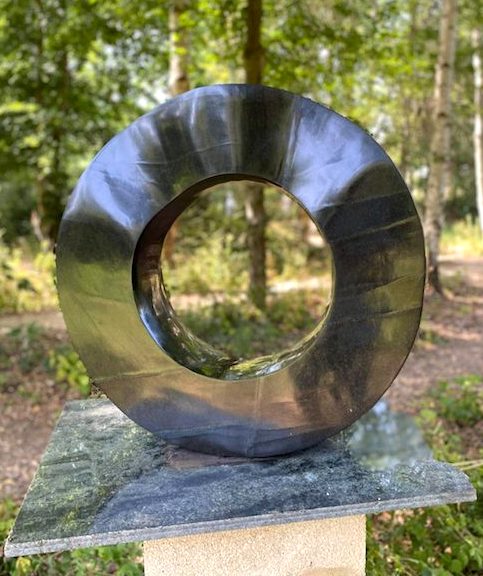 'Everything that grows, burns', Nesbert Mukomberanwa
'Everything that grows, burns', Nesbert MukomberanwaDominic Benhura
Of these, the sculptor most widely known and not just in Zimbabwe, is Dominic Benhura and his work is instantly recognizable being so unique in form and subject matter. He uses the texture and irregularities of the stone to contrast the figure's hair and body with the smooth polished skin of faces, hands and legs.
Born in 1968 in the small town of Murewa, he began sculpting at age ten under the guidance of his cousin, the well-renowned sculptor Tapfuma Gutsa whom he assisted while working at Chapungu. Right from the beginning he showed immense talent and creativity and was pretty much a professional sculptor by 12 years old.
Blending metal with stone in one sculpture, his focus is on movement and form. He pays little attention to facial features and concentrates on balance and mobility, eschewing the intrinsic values of stone. Deriving huge inspiration from his children he often has family groups or parents and child, often in play. Other subject matter includes plants, trees and animals.
His work is featured in major international collections and can be found as public art in many major cities around the world including Harare.
Colleen Madamombe
Colleen Madamombe is Zimbabwe's foremost female sculptor. Unfortunately her life was cut short and she died at the age of 45 years old, way too young and with so much more to offer the world.
Her style is as unique as Benhura's in its own way... round female forms with roughly textured and chiseled marks in sharp contrast to the refined facial features, hand and feet.
Many sculptors have copied her, including some of her relatives but you can always recognize a genuine Colleen Madamombe by the delicacy of her hand.
Her work expresses themes of womanhood, motherhood and tribal matriarchy.
Zimbabwean sculptors today are very reliant on local tourism along with regional and overseas promotion of their art by galleries, institutions, auction houses and individual collectors. There are many levels of skill and experience in the country's pool of sculptors and obviously the personal connection of the buyer to the piece is paramount to a sale being effected.
Difficulty of transport means extreme caution and care must be taken for the fragile and sometimes extremely heavy artworks when being shipped. As long as there is appreciation for the art of Shona sculpture, the sculptor should survive and his creativity should flourish.
Third Generation Zimbabwean Sculptors (1990 - 2000)
- Raymond Chirambadare (1972 - 2006)
- Tonderai Marezva b 1974
- Singi Chihota b 1975
- Edmore Sango b 1977
- Tendai Mutinhima b 1982
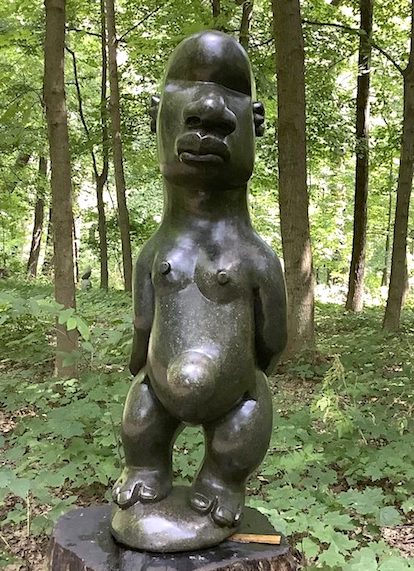
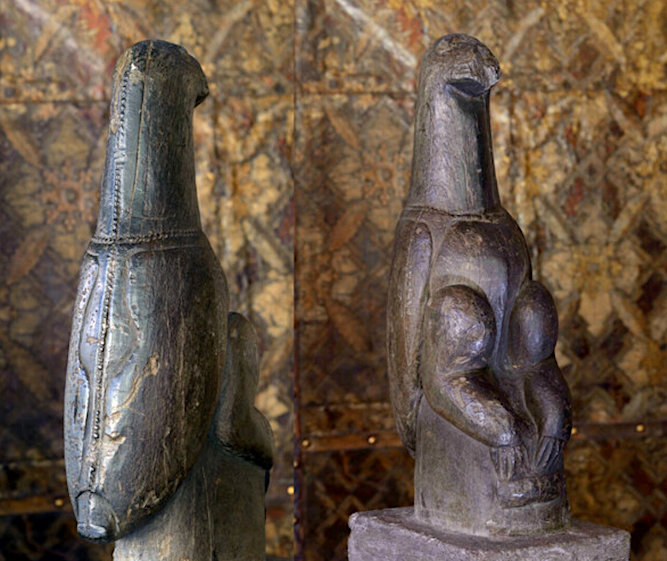
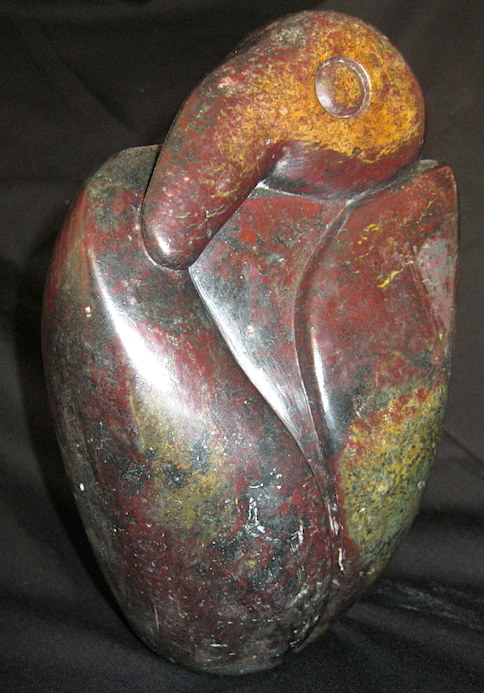
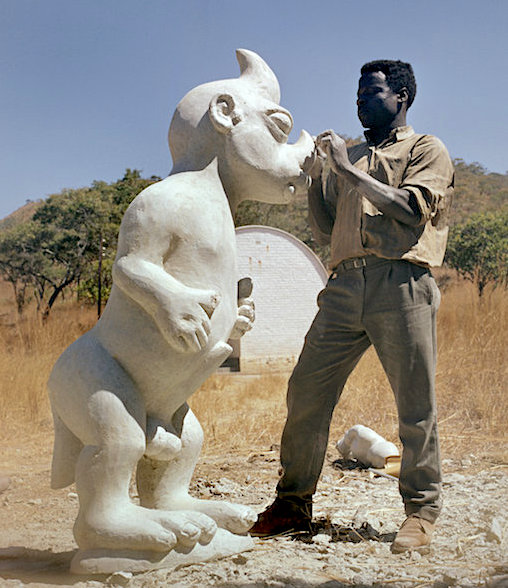
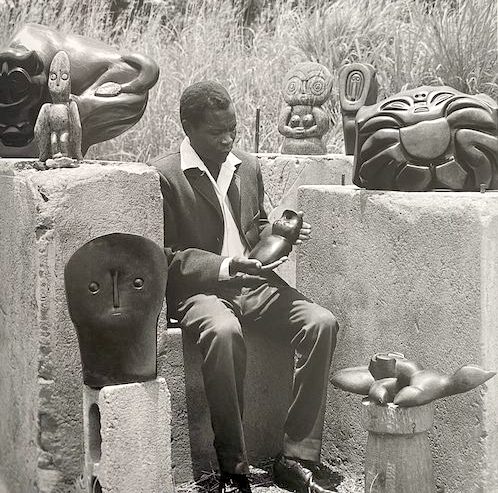
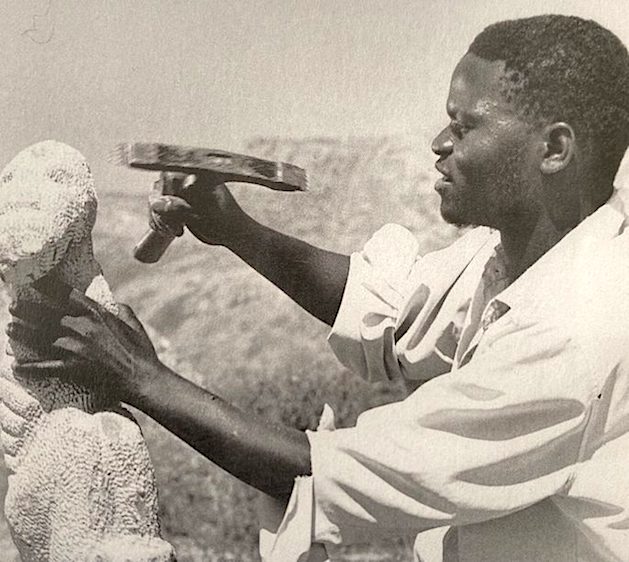
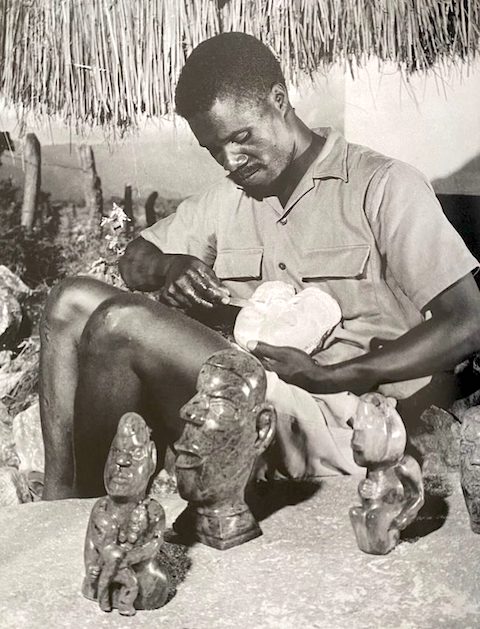
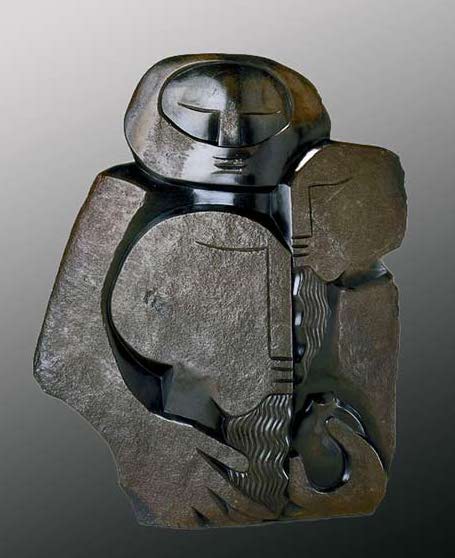
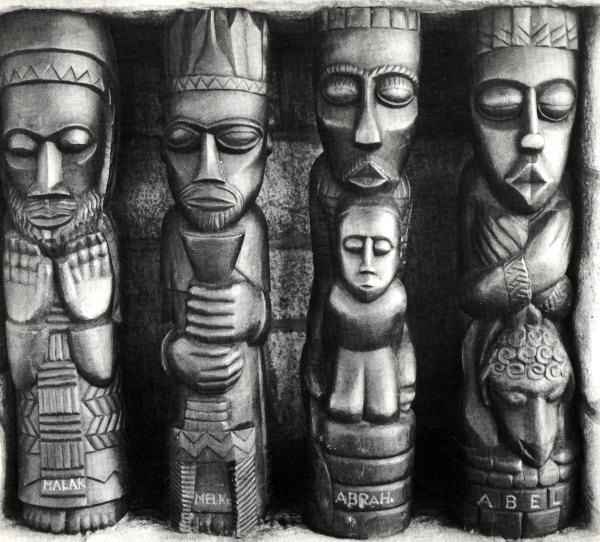
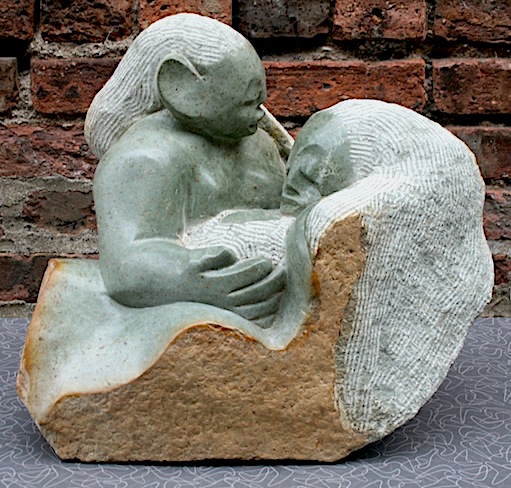
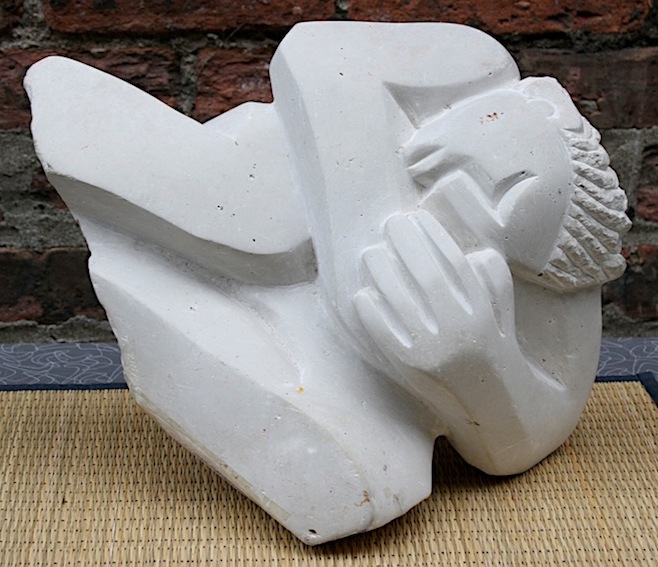
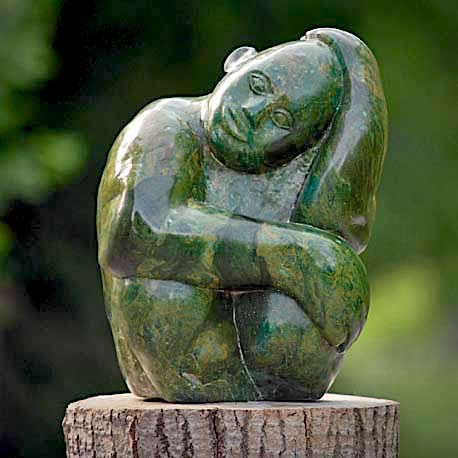
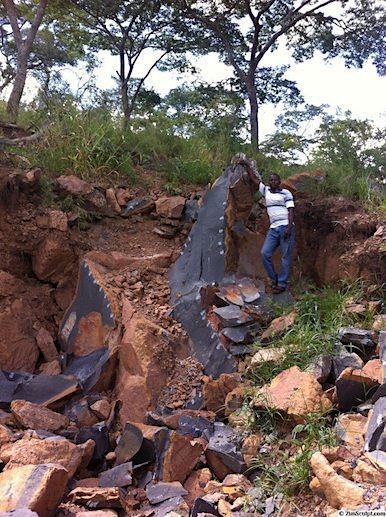
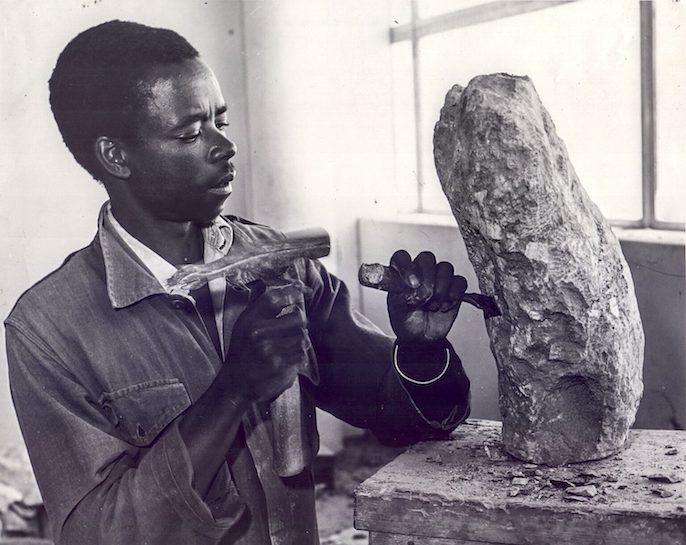
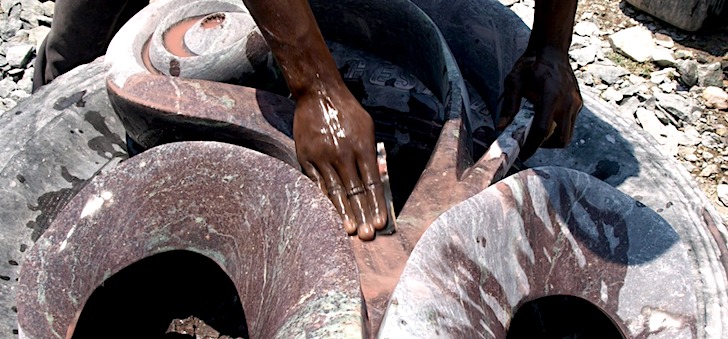
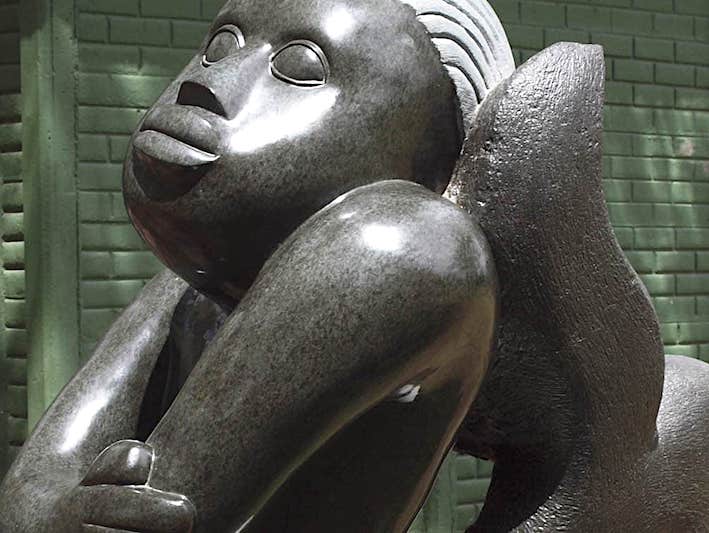
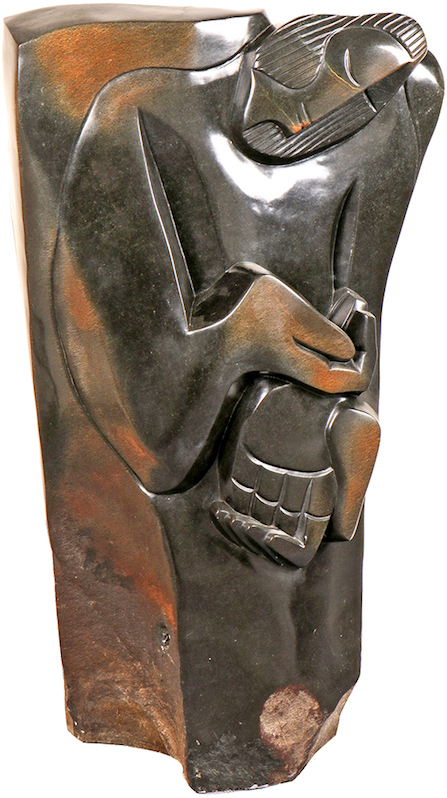
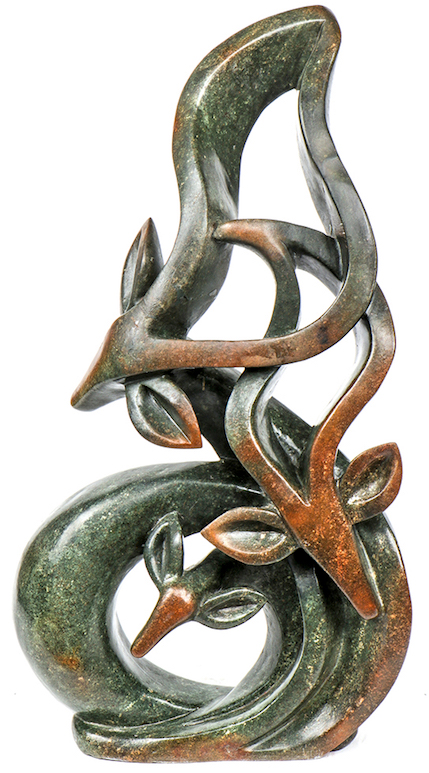
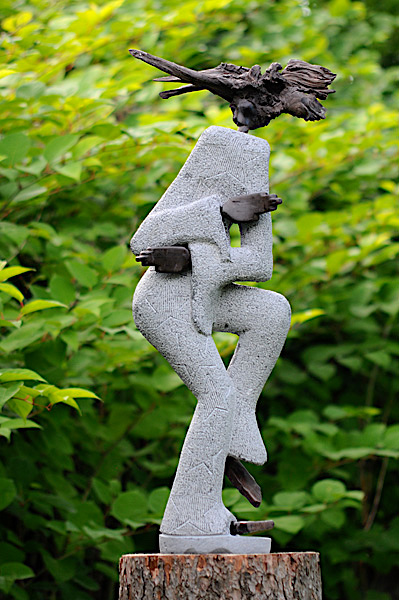
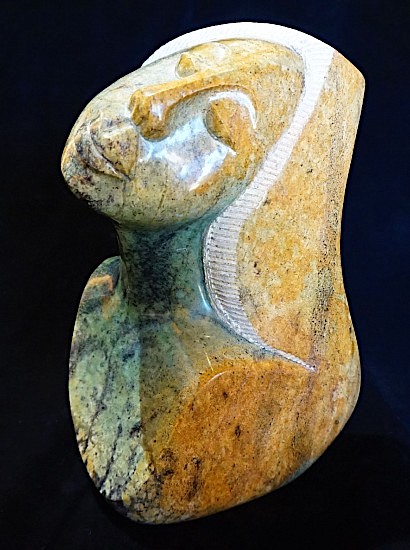
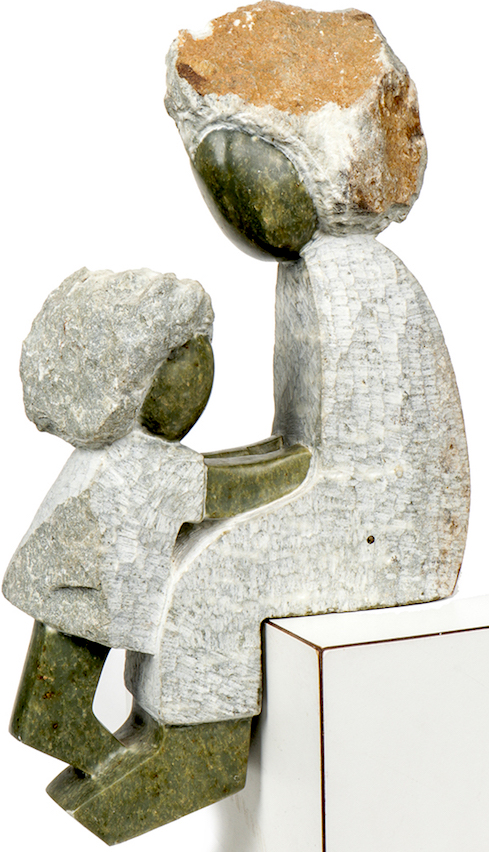
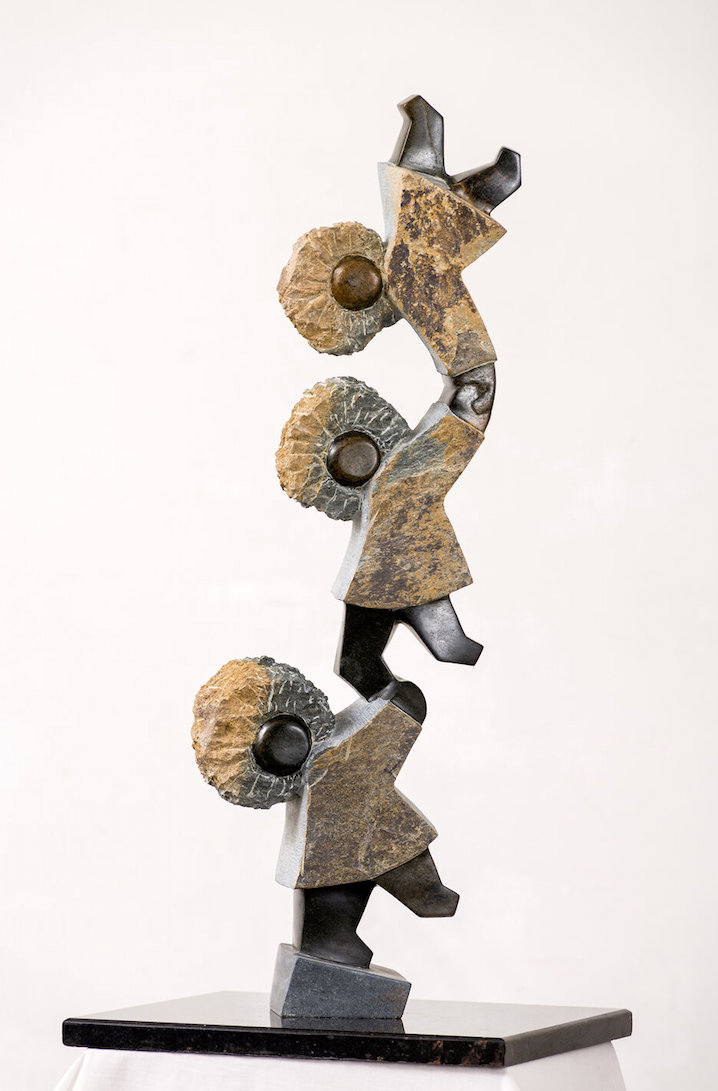
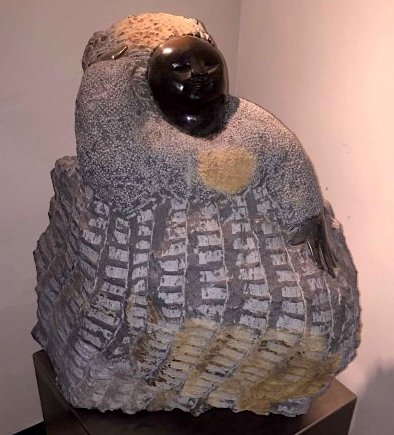
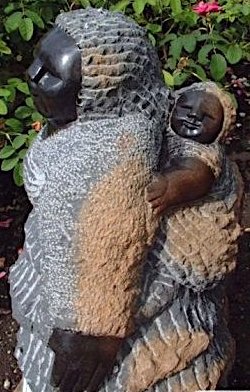
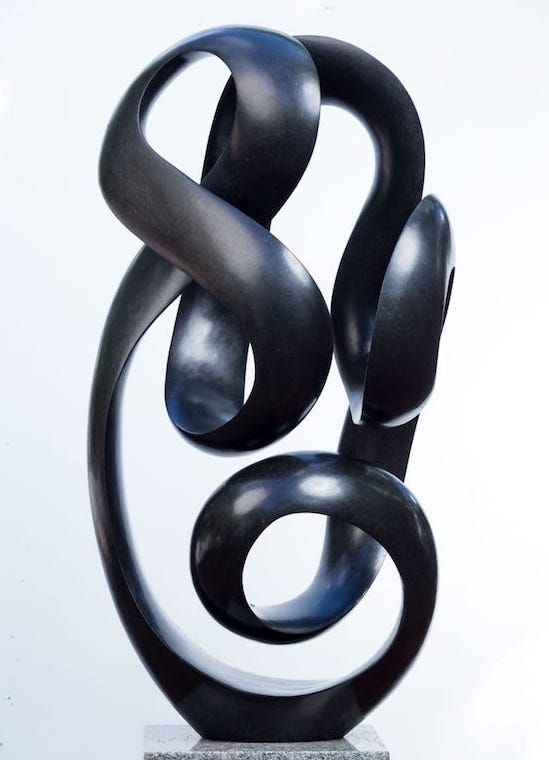
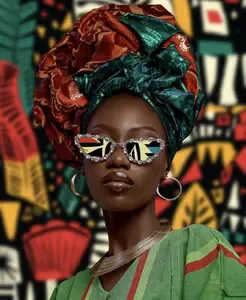
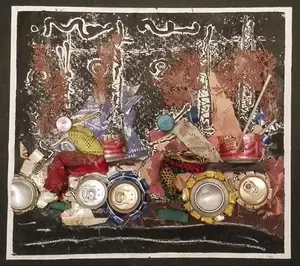
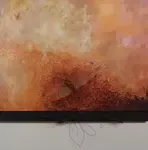
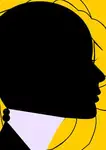
New! Comments
Have your say about what you just read! Leave me a comment in the box below.